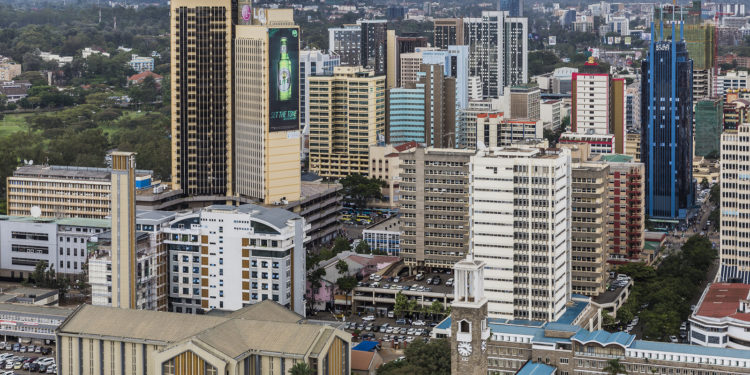Kenya’s businesses suffered a record increase in the price of raw materials due to a continued weakening of the Kenya Shilling as well as rising fuel prices in May, the latest data from the Stanbic Bank Kenya Purchasing Managers Index (PMI) indicates.
The PMI data for Kenya shows that the Input Prices Index posted its highest reading since the PMI survey was first undertaken in 2014, indicating a rapid and accelerated rise in business expenses during May.
The 11.8-point rise in the Input Prices index is the highest on record, with upwards price pressures recorded in Kenya’s wholesale and retail sectors as well as the services industry.
Over 42% of business owners covered by the PMI survey in May said the input costs increased in May compared to April 2021. Close to a third of all firms interviewed, attributed the fall in sales figures to rising inflation which affected the buying power of customers.
“Input prices are now at their highest since the PMI survey began in 2014 with the local unit depreciating further, which increased import costs. This caused the greatest increase in output prices in seven months — but it was less than the concomitant increase in input prices,” said Mr Mulalo Madula, Economist at Standard Bank.
A rise in the cost of raw materials also led to an increase in selling prices further dampening customer demand which has been on a slide for the fourth consecutive month.
Although business activity in Kenya declined in May, firms continued to boost their staffing as well as stock levels in the event of any future cash flow shortfalls.
Kenya’s PMI stood at 49.4 in May, which is below the 50.0 neutral mark for the fourth month running. However, this index was up from 47.2 registered in April, the slowest pace of deterioration so far this year Kenya’s businesses remain in a contraction mode.
In May, firms continued to stock up despite cutting down on the purchase of inputs. Overall, firms in Kenya remained cautiously optimistic about the future, although confidence levels remained low.
Business expectations regarding the year ahead improved in May, after falling to a record low in April. However, the uptick in sentiment was only slight, with just 10% of respondents giving a brighter forecast of rising production levels amid concerns about rising inflationary pressures.
ALSO READ; Higher Prices in Key Sectors Drive Kenya’s Annual Inflation to 8% in May




